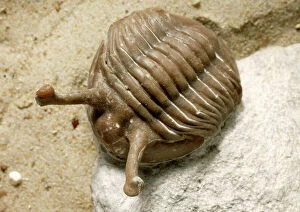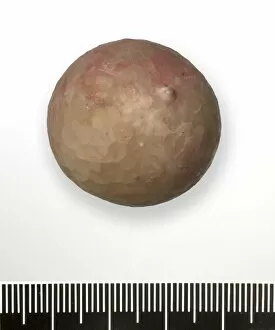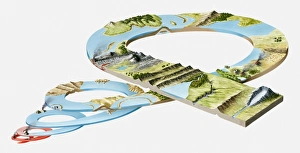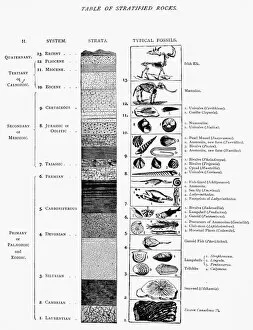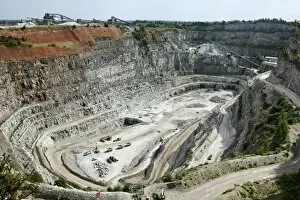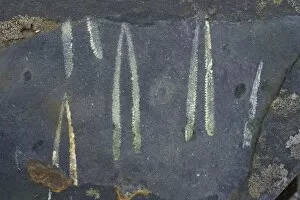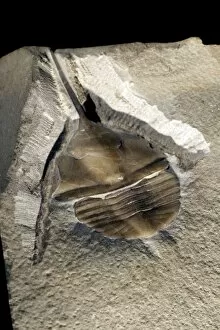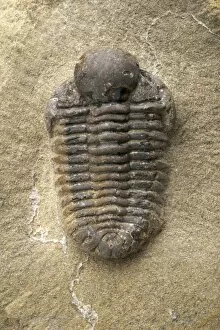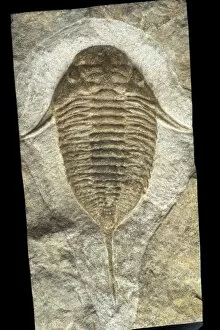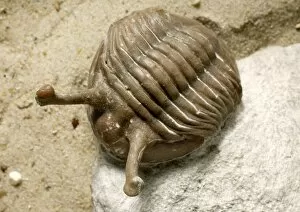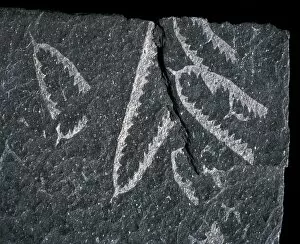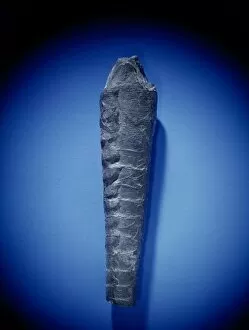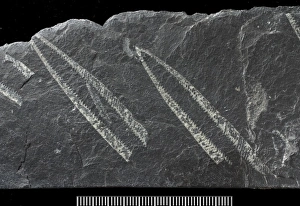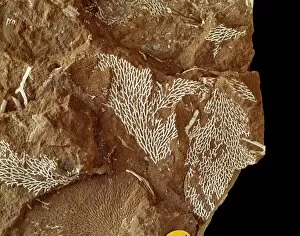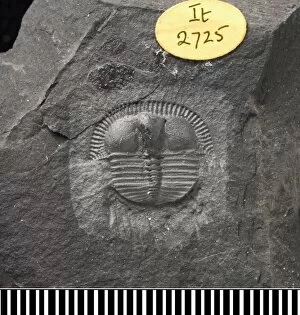Ordovician Collection
"Exploring the Ancient Seas: Unveiling the Mysteries of the Ordovician Era" Step back in time to the captivating world of the Ordovician period
All Professionally Made to Order for Quick Shipping
"Exploring the Ancient Seas: Unveiling the Mysteries of the Ordovician Era" Step back in time to the captivating world of the Ordovician period, approximately 450 million to 10, 000 BC. Delve into a realm teeming with fascinating creatures and breathtaking landscapes that shaped our planet's history. Amongst these ancient marine inhabitants was Asaphus (Neoasaphus) kowalewskii, a remarkable stalk-eyed trilobite. Its unique appearance and intricate exoskeleton have captivated scientists for centuries, offering valuable insights into prehistoric life. Witness an extraordinary scene as Orthocerid hunting trilobites come alive through artwork. These squid-like predators relentlessly pursued their prey, showcasing nature's eternal cycle of survival and adaptation. Marvel at the exquisite beauty of a Fossil Crinoid Lily, preserved throughout countless millennia. This delicate creature thrived during this era and serves as a testament to its enduring legacy. The Dorsal & Ventral Isotelus platycephalus fossils provide us with invaluable clues about ancient ecosystems. These well-preserved specimens allow us to reconstruct past environments and understand how life flourished during this epoch. Gaze upon the mesmerizing Crystal Apple - a cystoid echinoderm frozen in time. Its intricate structure reveals nature's artistry while shedding light on evolutionary processes that shaped our world. Trinucleus, another trilobite fossil C016 / 4995 offers further glimpses into this bygone era. Immerse yourself in its detailed features and ponder over its significance within Earth's geological timeline. A model depicting landform evolution across various periods takes you on an awe-inspiring journey through time – from Quaternary to Precambrian eras. Witness firsthand how our planet transformed over millions of years before human existence came into being. Discover an intense struggle for survival as squid-like Orthoceratites attempt to make meals of trilobites.

